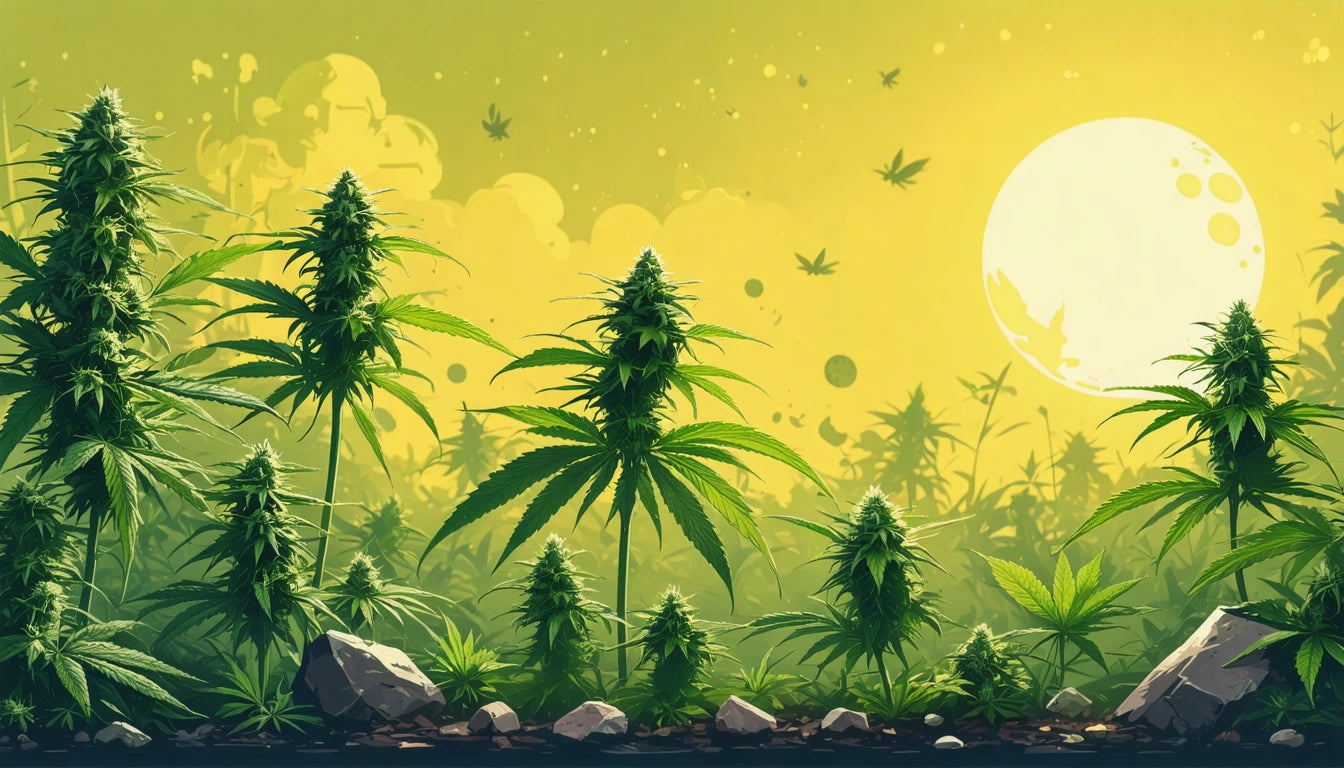Table of Contents
- Understanding Gram Measurement: Basic Concepts
- Visual References: What Does 1 Gram Look Like?
- Everyday Objects That Weigh Approximately One Gram
- What Does a Gram Look Like in Cannabis Context
- How to Identify 1 Gram on Different Scales
- Weight Comparisons: 1 Gram vs. Other Measurements
- Practical Applications of Gram Measurements
Understanding the Visual Appearance and Comparison of One Gram
Visualizing weights can be challenging, especially with small measurements like a gram. Whether you're cooking, measuring supplements, or handling cannabis products, understanding what a gram looks like visually provides practical knowledge for everyday situations. This comprehensive guide explores various visual representations of one gram and offers comparisons to help you identify this weight measurement without specialized equipment.
Understanding Gram Measurement: Basic Concepts
A gram is a metric unit of mass equal to one-thousandth of a kilogram. As part of the International System of Units (SI), it serves as a standard measurement worldwide. While seemingly small, grams are the foundation for measuring everything from food ingredients to precious metals.
According to our guide on weight conversions, a gram equals approximately 0.035 ounces in the imperial system. This conversion is essential for those who work between metric and imperial systems regularly.
Visual References: What Does 1 Gram Look Like?
Common Visual Equivalents
To understand what 1 gram looks like visually, consider these common equivalents:
- A regular paperclip weighs about one gram
- A dollar bill weighs approximately one gram
- A standard business card weighs close to one gram
- The cap of a plastic water bottle weighs roughly one gram
- A small paper clip or a pinch of salt may weigh about one gram
These everyday items provide convenient reference points when you need to estimate a gram without a scale.
Everyday Objects That Weigh Approximately One Gram
Beyond the common examples, several other everyday items can help you visualize a gram:
- A single raisin weighs approximately one gram
- One-quarter teaspoon of sugar weighs about one gram
- A standard thumbtack weighs roughly one gram
- A single M&M candy weighs close to one gram
- The lead in a mechanical pencil weighs about one gram
As explained in our article on visualizing grams, these references help develop an intuitive sense of what this weight feels like in your hand.
What Does a Gram Look Like in Cannabis Context
In the cannabis industry, a gram is a standard unit for purchasing flower. However, the visual appearance can vary significantly based on the density and moisture content of the product.
A gram of dense cannabis might appear as a single medium-sized bud, while a gram of fluffier strains could look substantially larger. This variability makes proper storage crucial, as moisture loss can affect both weight and quality. Many consumers use humidity control packs to maintain optimal moisture levels in their stored cannabis, preserving both the weight and terpene profile of their products.
According to our guide on nug quantity, a gram typically contains 1-3 small to medium-sized buds, depending on density and strain characteristics.
How to Identify 1 Gram on Different Scales
When using a scale to measure one gram, accuracy depends on the type of scale and its calibration. Digital scales designed for small measurements will display "1.0g" or "1.00g" when an object weighing one gram is placed on the weighing platform.
For analog scales, the needle will point to the one-gram marking. When considering what does 1 gram look like on a scale, it's important to ensure the scale is on a level surface and properly calibrated before taking measurements.
Weight Comparisons: 1 Gram vs. Other Measurements
Gram vs. Ounce
Understanding the relationship between grams and ounces provides context for this small measurement:
- 1 gram = 0.035 ounces
- 1 ounce = 28.35 grams
This means you would need approximately 28 paperclips to equal the weight of one ounce. When comparing 1 gram vs 1 oz visually, the difference is substantial. An ounce of cannabis, for example, would fill a small sandwich bag, while a gram might only fill a small portion of a teaspoon.
Gram vs. Milligram
Going smaller:
- 1 gram = 1,000 milligrams
- A grain of sand weighs approximately 1 milligram
This relationship is particularly important in pharmaceutical and supplement contexts, where active ingredients are often measured in milligrams.
Practical Applications of Gram Measurements
Understanding how much is a gram visually has practical applications across numerous fields:
- Cooking and Baking: Precise measurements are crucial for consistent results, especially in baking
- Nutrition and Diet: Portion control often relies on gram measurements
- Cannabis Consumption: Dosing accurately helps ensure consistent effects
- Jewelry and Precious Metals: Gold, silver, and gemstones are priced by the gram
- Mail and Shipping: Postage rates are often determined by weight in grams
As noted in our size comparisons guide, developing an intuitive sense of what a gram looks like can be valuable in many everyday situations, from cooking to purchasing products sold by weight.
By familiarizing yourself with visual references for one gram, you can make more informed decisions when precise measurements matter. Whether you're cooking, shopping, or simply satisfying curiosity about weights and measures, these visual benchmarks provide practical knowledge applicable across numerous contexts.











Leave a comment
All comments are moderated before being published.
This site is protected by hCaptcha and the hCaptcha Privacy Policy and Terms of Service apply.